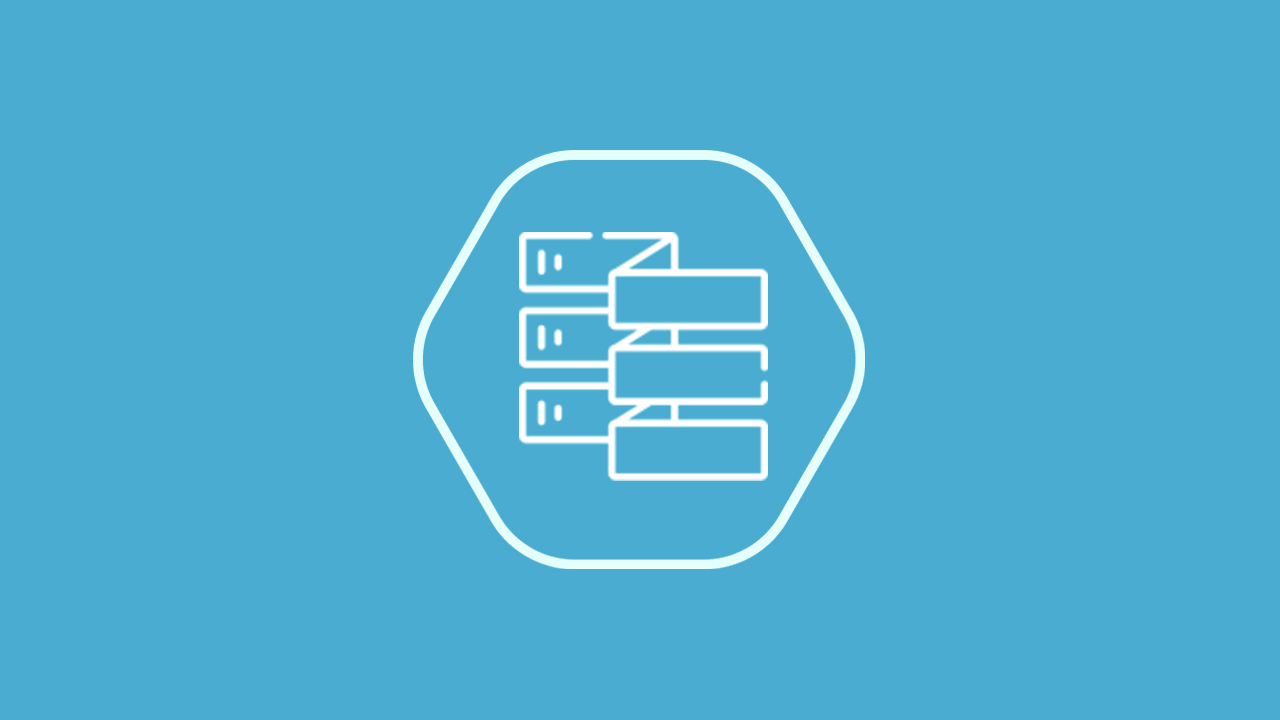
Here are some Salesforce Backup and Recovery Tips from Odaseva:
Who is to say if the menagerie of benefits of the cloud outweighs the shortcomings?
In the early days of the cloud, the virtues of moving on-premises apps or data to the cloud were the subject of much debate. But the ever-accelerating pace of cloud adoption has put those debates to rest.
Today, cloud adopters worry more about the cloud’s unresolved issues and one of those is backups in SaaS environments and for example, Salesforce backs up copy of customer data, and it offers a data recovery service. At the same time, the company cautions that “The Salesforce Data Recovery service is an expensive and time-consuming process and should only be used as a last resort, when no other copy of the data is available.”
“There are a number of challenges [in Salesforce] with how to perform the backup and recovery processes, and how to implement compliance,” said Christophe Bertrand, a senior analyst at ESG. “And clearly there are best practices that are needed in order to be successful. A number of organizations have struggled with . . . inherent Salesforce limitations. There is no built-in mechanism for backup and recovery that gives end users the RPOs and RTOs they are looking for.”
That’s a strong precautionary note, and an implied recommendation that customers find the right solution to back up their cloud and to be able to restore this data, when need be.
As an example, see how Microsoft depicts this division of responsibilities between itself and customers – and note that data protection remains the customer’s responsibility. All cloud applications providers apply these principles: Protecting your cloud data is and will remain your responsibility, as a customer.
Cloud providers do indeed offer different levels of recovery, but there’s a catch: backups are not intended to make all data available to customers, and cloud solutions are not natively designed for data restoration.
Market Study Report, LLC says that SaaS backup is the fastest growing market in the backup-and-recovery segment, with a 24% CAGR. That’s more reason to take responsibility for understanding the nature and limitations of SaaS backup – not only because SaaS providers have disclaimed responsibility but because of the mounting damages that data loss can incur.
And so, what options do you have, knowing that the backup problem encompasses so many variables that are likely outside of any one person’s scope? It turns out that SaaS backup is fast reaching the phase where automation needs to step in. Now, many third-party SaaS backup providers are paving the way by creating solutions that orchestrate and measure the success of backup for some of the most important cloud applications today.
These data protection platform providers are not only automating SaaS backup, but they have built their offerings around knowing all the data model specifics and the fine print in SaaS app providers’ contracts with their customers: in short, what they take responsibility for, and what they don’t.
Here are a few things to keep in mind when looking for the right backup solution for your cloud data:
And remember, protecting your cloud data is your responsibility and will remain so. Finding the right third-party SaaS backup provider to tackle and eliminate the risks of performance issues and data loss in a cloud world is critical to your business.
Now that you know more about Salesforce Disasters Recovery and backup, you should read our blog on Data Compliance and understand how and why you should automate your data compliance: